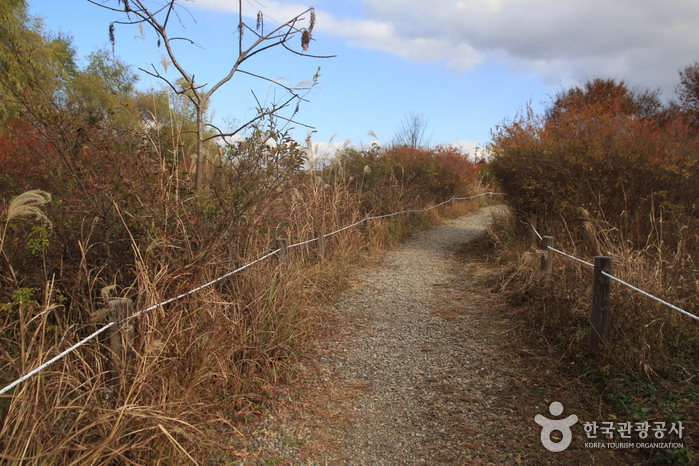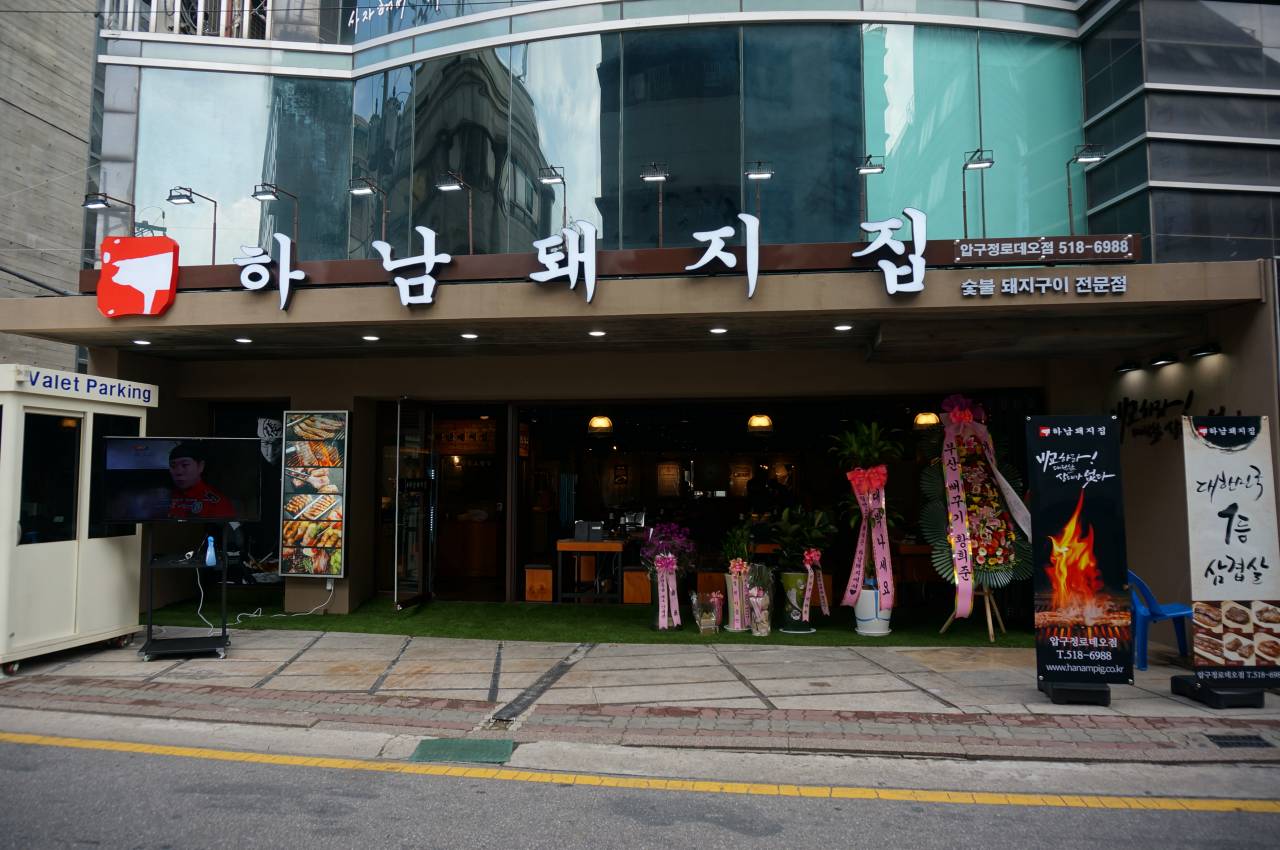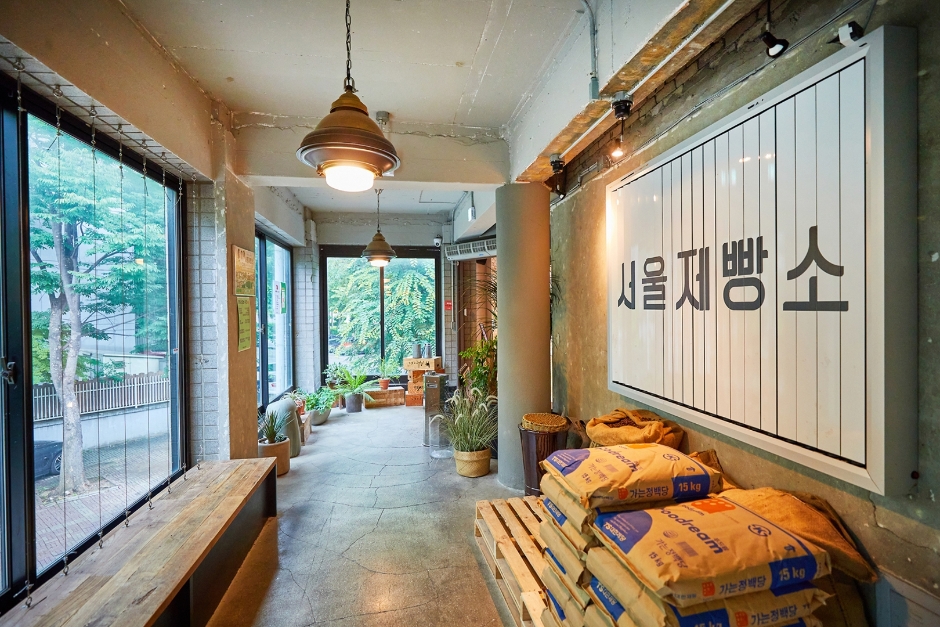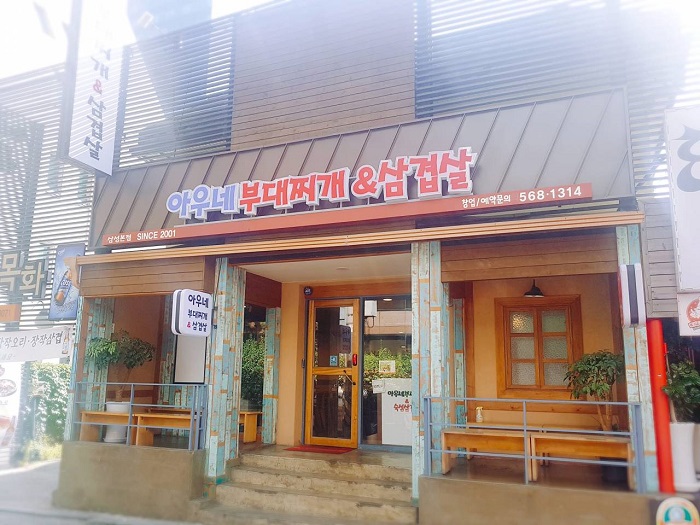Godeok-dong Ecological Landscape Conservation Area (고덕동 생태경관 보전지역)
5.5Km 2021-06-10
Area of 396beon-ji, Godeok-dong, Gangdong-gu, Seoul
+82-3780-0848
Located next to the Godeok Riverside Restoration Area, the Godeok-dong Ecological Landscape Conservation Area is one of the most well-maintained ecological preservation sites in Seoul. The area includes Amsa Sluice Gate, Hoan, and Hangang River Reservoir. The area offers educational facilities for visitors to learn more about the ecosystem.
Yurae hoegwan (유래회관)
5.5Km 2021-03-29
196, Majang-ro, Seongdong-gu, Seoul
+82-2-2293-8866
It is a restaurant where you can enjoy Korean beef sirloin with a tradition of 57 years. This Korean dishes restaurant is located in Seongdong-gu, Seoul. The representative menu is grilled sirloin.
Lee Moon Won Hair Lab [Tax Refund Shop] (이문원헤어랩)
5.5Km 2024-04-22
33, Seolleung-ro 132-gil, Gangnam-gu, Seoul
-
Lee Moon Won Korean Medicine Clinic (이문원한의원)
5.5Km 2024-12-11
33 Seolleung-ro 132-gil, Gangnam-gu, Seoul
+82-2-511-1079
Écru - Apgujeong Rodeo Branch [Tax Refund Shop] (에크루 압구정로데오)
5.5Km 2024-04-18
31, Dosan-daero 51-gil, Gangnam-gu, Seoul
-
HANAMPIG Apgujeong Rodeo(하남돼지집 압구정로데오)
5.5Km 2020-10-30
27, Apgujeong-ro, 46-gil, Gangnam-gu, Seoul
+82-2-518-6988
A barbecue specialty restaurant located in Apgujeong-dong, Seoul. Each server cooks meat for you. The most famous menu is grilled pork belly.
Chamjoeun Pharmacy [Tax Refund Shop] (참좋은약국)
5.5Km 2024-04-16
103, 17, Teheran-ro 87-gil, Gangnam-gu, Seoul
-
Seoul Bakery (서울제빵소 올림픽본점)
5.5Km 2024-03-20
1178 Yangjae-daero, Songpa-gu, Seoul
This bakery cafe is located on the second floor of a commercial wing attached to the Olympic Village Apartments, located across from Olympic Park’s Rose Plaza. The spacious cafe features naturally fermented bread made with organic flour and seats looking out the window. The interior is modern and open, with plenty of seats for long stays. Naturally fermented bread here includes Hongguk rice bread, salt bread, and cream cheese and fig bread. Bread is baked from 08:00 to midday. Visitors can find a timetable for the different kinds of bread served in this cafe in order to make plans in advance to get freshly-baked bread.
Seoul Gyeongdong Market (서울 경동시장)
5.5Km 2024-12-03
3 Gosanja-ro 36-gil, Dongdaemun-gu, Seoul
As the nation began to recover from the aftermath of the Korean War, farmers from the northern Gyeonggi-do region and Ganwon-do gathered around the old Seongdong Station (renamed ‘Hansol Donguibogam’) to sell their produce and wares. The farmers’ impromptu gathering on the fallow farmland to make their transactions soon led to the birth of a new marketplace. With the recent remodeling of the market, including the long-neglected Gyeongdong Theater, the place feels totally renewed and full of energy. Thanks to the renovation and diverse food stalls, the place is always bustling and filled with people.
Aune Budaejjigae&Samgyeopsal (아우네부대찌개&삼겹살)
5.5Km 2021-03-29
31, Teheran-ro 83-gil, Gangnam-gu, Seoul
+82-2-568-1314
This is a place where you can enjoy not only the representative dish Budaejjigae (spicy sausage stew) but also Samgyeopsal. This Korean dishes restaurant is located in Gangnam-gu, Seoul. The most famous menu is sausage stew.


![Lee Moon Won Hair Lab [Tax Refund Shop] (이문원헤어랩)](http://tong.visitkorea.or.kr/cms/resource/50/2890550_image2_1.jpg)

![Écru - Apgujeong Rodeo Branch [Tax Refund Shop] (에크루 압구정로데오)](http://tong.visitkorea.or.kr/cms/resource/60/2879560_image2_1.jpg)

![Chamjoeun Pharmacy [Tax Refund Shop] (참좋은약국)](http://tong.visitkorea.or.kr/cms/resource/42/2879942_image2_1.jpg)


 English
English
 한국어
한국어 日本語
日本語 中文(简体)
中文(简体) Deutsch
Deutsch Français
Français Español
Español Русский
Русский